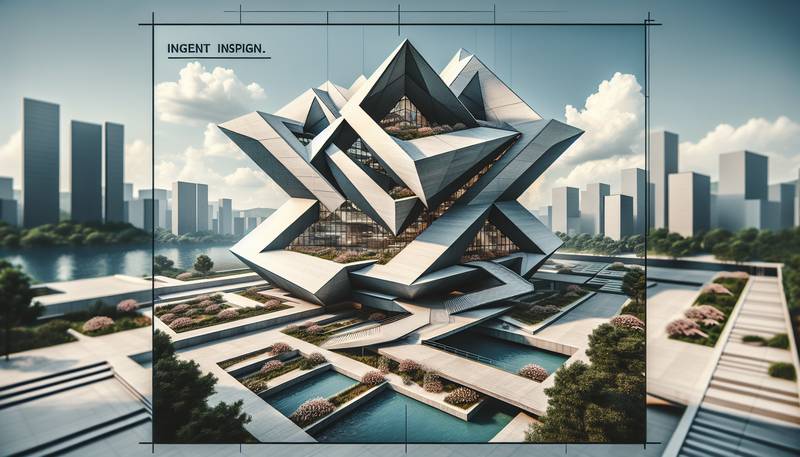Origami-Inspired Architecture: Folding Structures and Spaces

More Than Just Paper CranesImagine a world where buildings fold like a well-practiced origami master on caffeine. Architectural design has taken a page—or maybe a hundred—from the art of folding paper. It’s like each structure decided it needed to show off its flexibility, not just metaphorically but literally. The idea of creating a building that can bend to its surroundings or transform in function is gaining momentum faster than a cat avoiding a bath.While traditional architecture might have been akin to an old-school book, origami-inspired design is more like a pop-up book where the story unfolds—sometimes literally in front of our eyes! It’s as if architects are channeling their inner origami artists, proving that buildings can embrace the twists and turns of creativity without the need for a fancy art gallery.Setting the Stage for FlexibilityThis innovative approach allows for structures that can adapt to their environments. Imagine a building that can expand like your waistline during the holidays. With the right materials, architects can create walls that move, roofs that reshape, and spaces that fit the needs of a constantly changing world. They’re like the ultimate multitaskers, except instead of answering emails and making a cup of coffee, they’re bending steel and shaping concrete.Okay, so maybe these buildings won't serve you breakfast in bed, but they can certainly change their layout to accommodate a workshop one day and a yoga retreat the next. The potential is enormous, especially for urban areas where space is more precious than a toddler’s last cookie. Materials That Laugh in the Face of GravityWhat makes this all possible? Enter advanced materials that would make even Superman pause for a moment. From shape-memory alloys that can snap back to their original form to lightweight composites that seem to defy the laws of physics, the world of architecture is becoming as exciting as a magician’s hat full of rabbits.These materials allow buildings not only to fold but also to do so elegantly. Forget about the clunky bricks of yesteryear; we’re talking about sleek, modern structures that are as nimble as they are striking. No longer are architects limited to traditional methods; they now have a toolbox that would make any DIY enthusiast weep with joy.Case Studies: When Buildings Get Their Fold OnLet’s take a look at some real-world examples of this folding phenomenon. - National Gallery of Canada: The roof here subtly twists and turns, allowing natural light to flood in from unexpected angles. It’s like the building is playing hide and seek with sunlight!
- Metropol Parasol: Located in Seville, Spain, this giant wooden structure resembles a gigantic umbrella, offering shade while also being an intricate piece of art. If it were any more fashionable, it would have its own runway show.
- Vitra Fire Station: This building looks like it’s ready to leap off its foundation and take off. Zaha Hadid’s design challenges gravity while offering a dramatic visual experience—one that would make even the bravest firefighters want to take a selfie.
These structures are not just buildings; they’re statements. Each one carries a message, showing that architecture can evolve and respond to its environment in ways that traditional designs could only dream of. From Dreams to RealityThe process of integrating origami principles into architecture also encourages collaboration among various fields. Engineers, artists, and architects join forces in a creative dance that’s more harmonious than a choir of cats. This dynamic collaboration results in innovative solutions that push the boundaries of what's possible in the built environment.Of course, challenges remain. Designing a folding building that can withstand the test of time—and the occasional earthquake—requires meticulous planning and creativity. But hey, if it’s good enough for paper, it’s good enough for concrete and steel, right? Wrapping It Up: Architectural Creativity UnfoldedJust like a piece of origami paper, architecture inspired by folding techniques is versatile, playful, and surprisingly complex. Whether it’s crafting spaces that bend to our will or creating designs that challenge preconceived notions of structure, the possibilities are as endless as a toddler’s energy after a birthday cake. As this approach continues to develop, it’ll be interesting to see just how far architects can go while still remembering to keep things balanced—both in design and, well, in life. Because if buildings can fold and adapt, perhaps we can learn a thing or two about being a bit more flexible ourselves.
|
|







